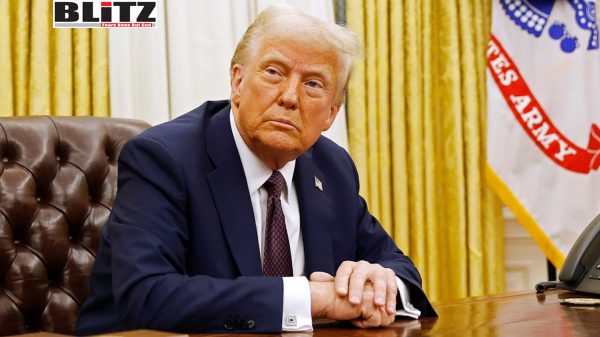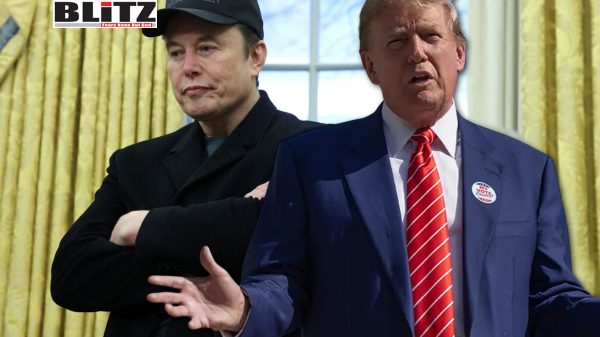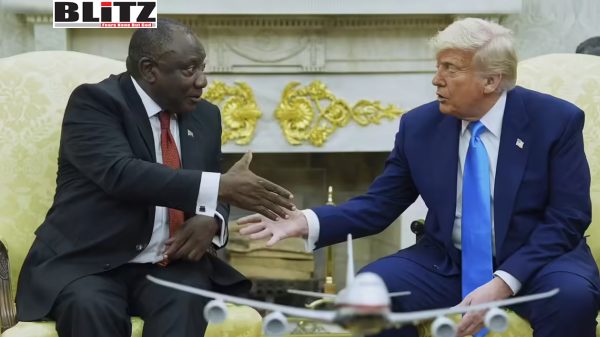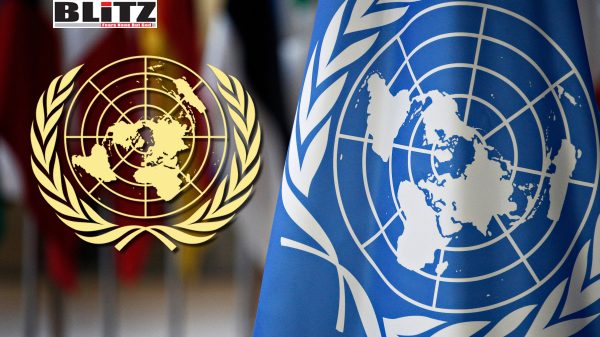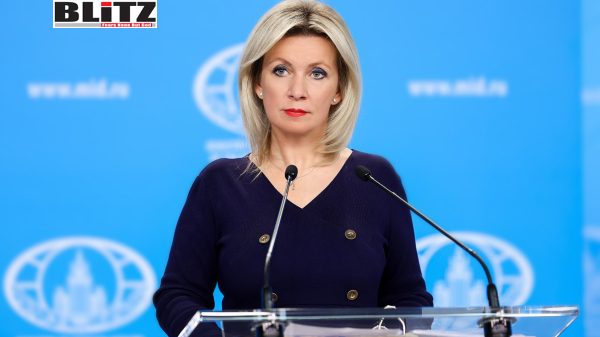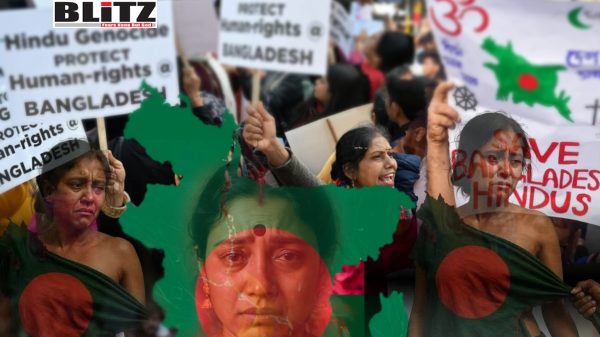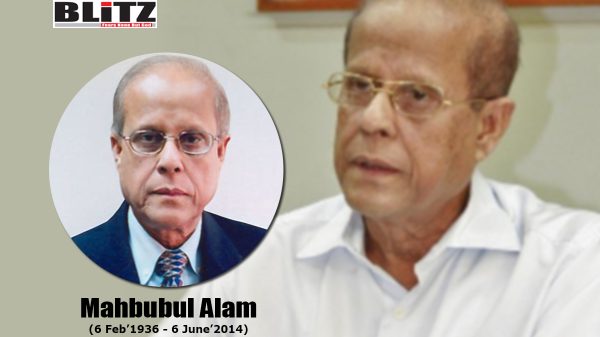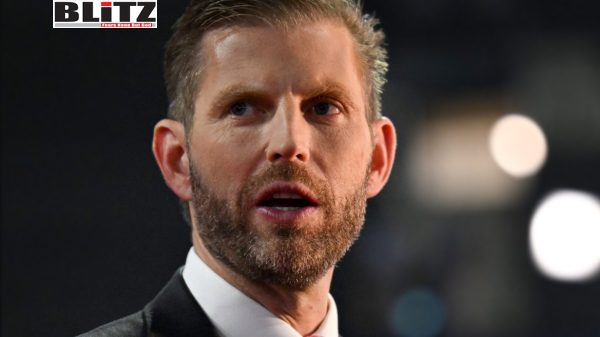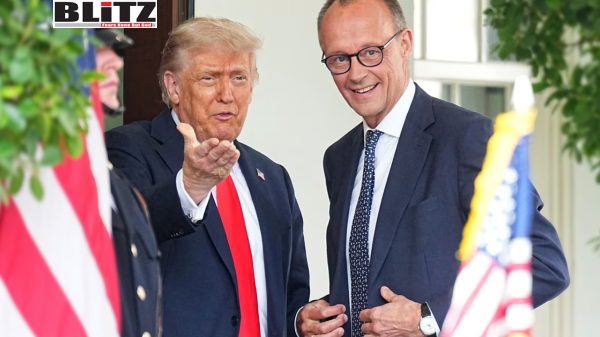Libya’s complex journey from hope to turmoil
- Update Time : Thursday, March 21, 2024
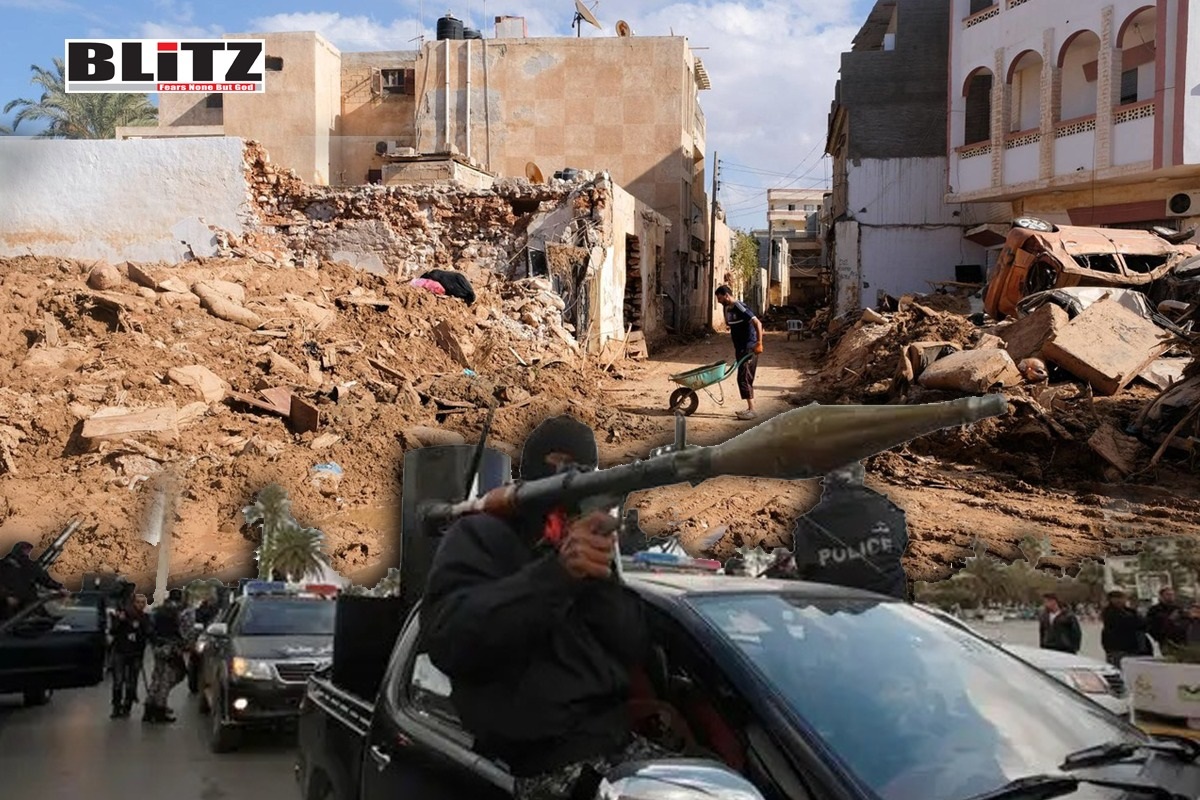
Once hailed as a beacon of stability and prosperity in North Africa, Libya now serves as a poignant reminder of the formidable hurdles entailed in post-colonial state-building. The nation’s trajectory from the hopeful dawn of the Arab Spring to the tumultuous aftermath of Muammar Gaddafi’s ousting vividly illustrates the intricate dynamics at play in revolutionary contexts. Amidst foreign interventions and internal discord, Libya finds itself ensnared in a labyrinth of complexities. Deciphering the multifaceted layers of its unraveling becomes imperative in charting a viable course forward. Understanding the interplay of external influences and domestic dynamics is paramount as Libya navigates its precarious path towards stability and self-determination. Thus, unraveling the intricate tapestry of Libya’s journey offers invaluable insights into the challenges and opportunities that lie ahead for the nation and its people.
The genesis of Libya’s descent into chaos began amidst the fervent winds of the Arab Spring, echoing demands for political transformation and societal equity throughout the region. In January 2011, waves of protests surged through Benghazi, Derna, and Al-Bayda, galvanized by deep-seated grievances over pervasive corruption, stifling political oppression, and economic inertia.
Although initially catalyzed by frustrations stemming from stalled housing initiatives, the discontent rapidly snowballed into a widespread rebellion against the tyrannical grip of Gaddafi’s regime. This uprising marked a pivotal moment in Libya’s history, unleashing forces that would ultimately reshape the nation’s trajectory in unforeseen and tumultuous ways.
The pivotal moment arrived with the passage of UN Security Council Resolution 1973 in February 2011; sanctioning NATO intervention ostensibly aimed at safeguarding civilians. However, what ensued was a prolonged and catastrophic military intervention, leaving Libya devastated in its wake. Despite Gaddafi’s downfall in October 2011, the nation spiraled into a brutal civil conflict marked by warring factions, widespread violence, and external meddling. What was once a vibrant country now found itself ensnared in a maelstrom of chaos and unpredictability, with its populace enduring the harshest consequences.
The aftermath of Gaddafi’s demise saw Libya plunged into a vortex of instability and despair. The vacuum left by his regime’s collapse was swiftly filled by conflicting interests and power struggles, exacerbating the nation’s plight. As rival factions vied for control, ordinary Libyans found themselves caught in the crossfire, grappling with displacement, economic ruin, and the erosion of basic services. The dream of a democratic and prosperous Libya, once ignited by the Arab Spring, now lay shattered amidst the ruins of a nation torn apart by internal strife and external intervention.
Among the most profound outcomes of the NATO intervention was the utter devastation inflicted upon Libya’s economy. With the nation heavily reliant on oil revenues for prosperity, the once-thriving economic engine lay in ruins, its infrastructure ravaged and production capabilities severely hampered. As GDP nosedived and unemployment rates skyrocketed, everyday Libyans were thrust into the throes of poverty, grappling with deprivation and an uncertain future. The aspirations for democratic reform and societal advancement were swiftly overshadowed by the grim realities of economic collapse, casting a long shadow of despair and destitution across the war-torn landscape.
To comprehend Libya’s tragic trajectory, one must delve into the enigmatic persona of Muammar Gaddafi. Born in a humble tent near Sirte in 1942, Gaddafi rose to prominence as a champion of Arab nationalism and anti-colonial struggle. His ascension to power in the bloodless coup of 1969 heralded a new era of revolutionary zeal and ambitious reforms. Gaddafi’s vision for Libya, outlined in his Green Book, encompassed a unique blend of socialism, Islam, and direct democracy. While his nationalist agenda resonated with many Libyans, his confrontational foreign policy and support for militant groups strained relations with the West and neighboring Arab states, paving the way for international isolation and conflict.
The enduring legacy of Gaddafi’s authoritarian reign continues to loom large over Libya’s fragmented terrain. The void created by his fall ushered in a relentless spiral of bloodshed, with competing militias and factions embroiled in a fierce struggle for dominance. Despite intermittent endeavors aimed at fostering reconciliation and fostering political discourse, Libya remains entrenched in a labyrinth of disorder and uncertainty. Attempts by global actors to facilitate peace negotiations have encountered significant obstacles, with entrenched divisions and external interference serving as formidable barriers to meaningful progress. As the nation grapples with the aftermath of decades of autocratic rule, the path to stability and unity appears fraught with formidable challenges and elusive prospects for resolution.
Confronted by escalating hurdles, the global community has tirelessly sought to broker a political resolution and facilitate national reconciliation in Libya. Spearheaded by initiatives like the Berlin Conference and the Libyan Political Dialogue Forum, concerted efforts have aimed to unite fragmented factions and delineate a pathway toward enduring stability. Despite these endeavors, the journey toward peace is rife with challenges, as conflicting agendas and deep-seated enmities obstruct forward momentum. Against the backdrop of a looming threat of renewed conflict, the imperative of securing a sustainable remedy for Libya’s afflictions has assumed unprecedented urgency. In the crucible of this tumultuous landscape, the quest for consensus and harmony demands steadfast perseverance and unwavering commitment from both domestic stakeholders and the international community alike.
In the wake of foreign intervention and internal strife, Libya finds itself at a pivotal juncture in its tumultuous narrative. The path forward is strewn with obstacles, yet within the chaos lies the promise of rejuvenation and fortitude. As the global community intensifies its support for Libya’s transition toward peace and prosperity, it becomes paramount to internalize the lessons of history and forge a trajectory marked by inclusive governance and national cohesion. Genuine dialogue, reconciliation, and unwavering dedication emerge as indispensable ingredients for Libya’s journey out of the shadows of its tumultuous past and toward a horizon illuminated by hope. Amidst the cacophony of challenges, the pursuit of a brighter future for its populace necessitates a resolute commitment to unity and progress, ensuring that Libya emerges from its trials as a beacon of resilience and potential.


